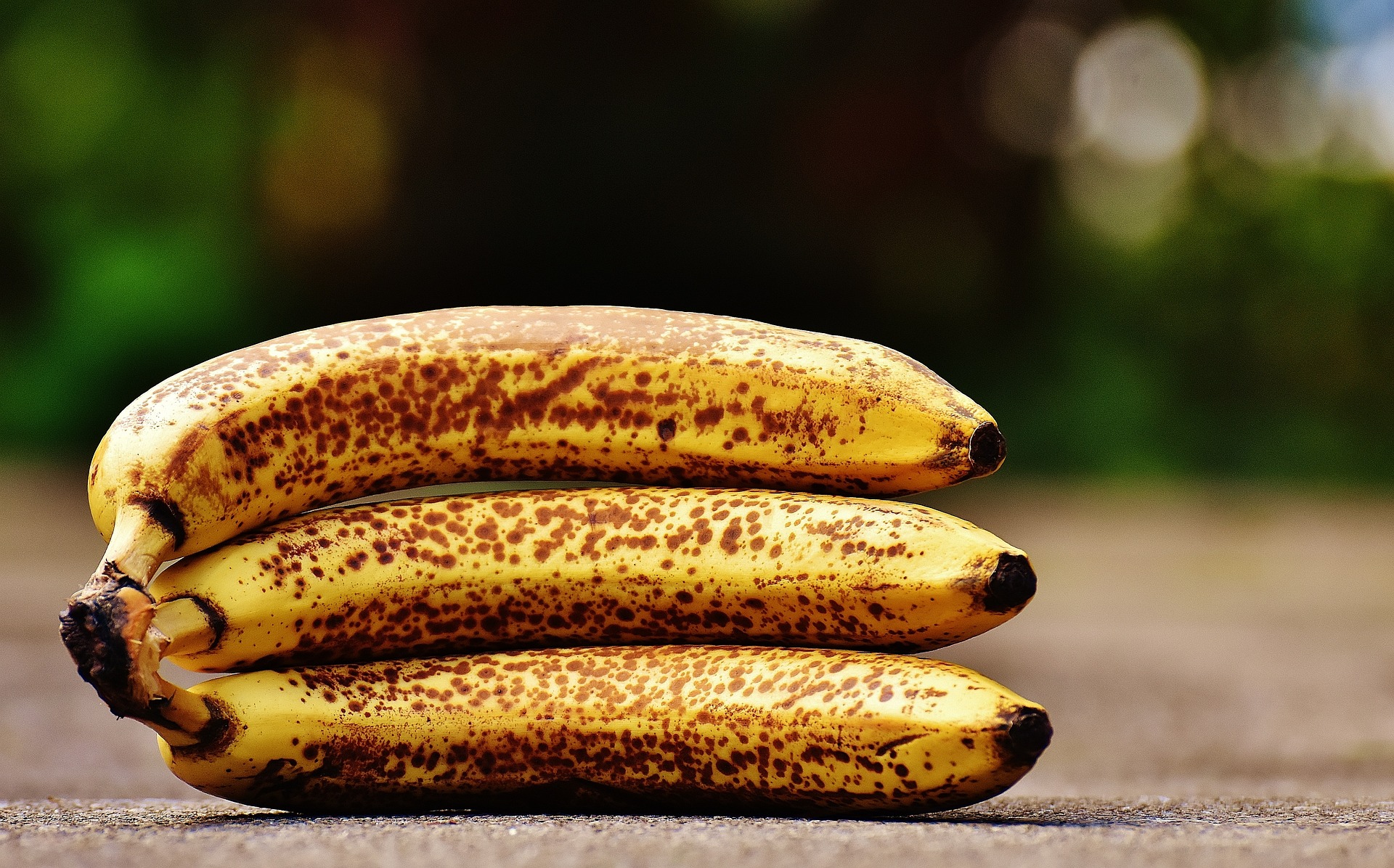Controlling weeds and pests in banana production is essential to ensure healthy growth and maximise yields.
Here are some methods for weed and pest control:
Weed Control:
- Manual weeding: Hand-pulling weeds is effective but labourintensive.
- Mulching: Applying organic mulch helps suppress weed growth.
- Herbicides: Selective herbicides can be used to control specific weed species without harming the banana plants.
Pest Control:
- Biological control: Introduce natural predators or parasites to control pest populations.
- Insecticides: Use insecticides that are specific to the pests affecting banana plants.
- Cultural practices: Crop rotation and maintaining field hygiene can reduce pest infestations Integrated Pest Management (IPM) is a holistic approach that combines various control methods to manage weeds and pests effectively while minimizing environmental impact. Regular monitoring of the field is crucial to identify and address issues promptly. Methods of controlling weeds
Control weeds by using:
(A) chemical method or
(B) hand method or
(C) both methods
- Chemical sprays are used to kill the weeds and this is called herbicides. Use only recommended chemicals and apply these strictly according to the instructions on the label. Examples of chemical sprays is like roundup.
Do not spray:
– Too much
– The banana plants
– When it is windy When using chemical control, such as glyphosphate or paraquat, protect all parts of the banana plant from spray drift.
- Weeds are also killed by using a hoe or by hand, especially in the area near the plant to avoid chemical spray contact with the plants. This method is easy for any farmer.
- Both methods can be used at the same time to kill weeds.
Remember to give your banana plants support by propping the bunches with a rope and sticks.
Pest and disease control
Control pests and diseases. Different pests and diseases require different treatments.
Thrips
Use chlorpyrifos pesticide once a month to kill thrips if they are present. Thrips are tiny, almost microscopic, insects with thin, feathery wings and rasping mouthparts. Most thrips feed on plants but a few species are beneficial predators that feed on other insects and mites.
Nematodes
Nematode worms are among the most ubiquitous organisms on earth. They include free-living forms as well as parasites of plants, insects, humans and other animals. Recently, there has been an explosion of interest in nematode biology, including the area of nematode ultrastructure. If they are present, kill them with Nemacur using 45 kg per hectare (20 g per plant). Compost, kraal manure and chicken manure applied in ample quantities will also suppress nematodes. Tissue culture plants are free of nematodes.
Sigatoka
Spray with Dithane plus mineral oil
Post-harvest decay
Post-harvest decay relates to decay developing after the fruit have been harvested or during the handling and storage phase. Although decay development occurs after harvest, the process may manifest prior to harvest, while only emerging during storage. Spray with Dithane plus mineral oil. Dip the banana hands into Benlate solution (5 g Benlate per 10 water) to prevent post-harvest decay.
This article is published with acknowledgement to the ARC Institute for the use of their manuals. For more information on banana production, visit the ARC’s website at www.arc. agric.za.












